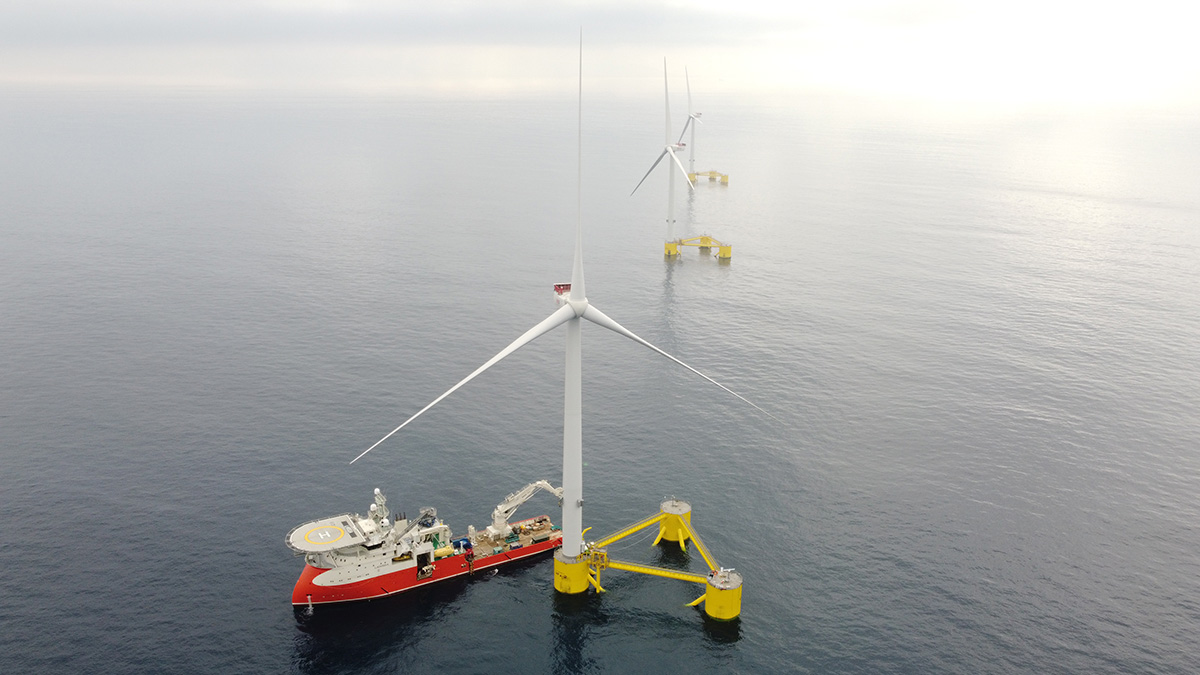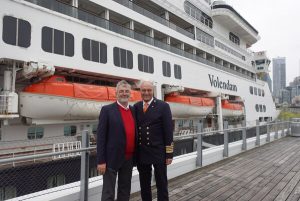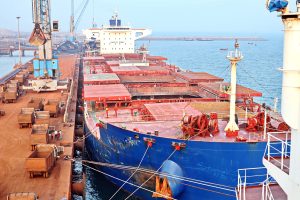A new market analysis from New York-based Intelatus Global Partners highlights the shortage of suitable vessels to support the offshore energy industry, especially the needs of the emerging floating offshore wind sector.
Intelatus estimates that capital expenditure within this sector will require more than $250 billion by 2035. But the build out could be challenged by the lack of vessels able to service the sector.
Global floating wind capacity is projected to grow to around 61 gigawatts over the next 12 years from less than 200 megawatts at the end of 2022. To meet this goal, the report estimates a requirement to pre-lay more than 6,000 mooring spreads and the hook-up of around 5,400 turbines. The available market for vessel owners, ranging from pure transport and installation to full floater engineering, procurement, construction, and installation scopes of work, will amount to between $28billion and $145 billion, according to Intelatus.
To support this development the report identifies two segments, anchor handling vessels and subsea construction vessels, as those that will see the strongest demand to support the development of floating offshore wind. They estimate an opportunity for as much as $12 billion in shipbuilding activity required in the short to medium term to support the development of floating wind farms.
The main vessel category that will be deployed to pre-lay, tow, and hook up the majority of floating wind turbines will be anchor handlers. However, according to Intelatus, of the current global fleet of 2,400 anchor handlers, less than 50 are identified as suitable and efficient for floating wind projects. They note that several designs however are emerging for anchor handlers specifically designed for commercial-scale floating wind.
“There has been no building of very large anchor handlers in recent years, and those that are active have mainly been built to service oil and gas drilling rigs and floating production systems,” notes Intelatus. “None have been built with floating wind in mind, and many of the existing vessels lack one or several of the features required for efficient floating wind project delivery.”
Regarding subsea construction vessels, Intelatus estimates that “only close to 85 out of around 500 vessels feature the capabilities required by floating wind projects.”
(Photo from Ocean Winds)





